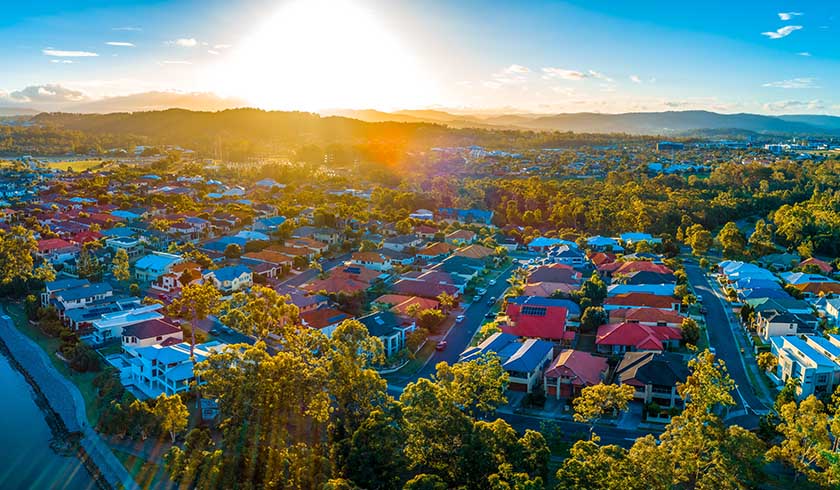Why you should avoid high population growth areas
Contrary to popular belief, an expert has advised Aussie investors to steer clear of high population growth areas, alerting them to the dangers of basing one’s purchase decisions on potentially “misleading” data.

Speaking on The Smart Property Investment Show, Select Residential Property Research Group’s director of research, Jeremy Sheppard, dispelled the myths surrounding the impact of population growth on property prices.
Mr Sheppard explained that contrary to popular belief, population growth isn’t a measure of demand exceeding supply.
“High population growth as an absolute must has been rammed down our throats for decades. Investors need to look for markets with high population growth.”
“And so, I looked at some data and I had a closer look into where we get our population growth data from and realised that it’s not actually an indicator of demand, it’s an indicator of supply. We’ve been fooled by the metrics in the past because of the way in which we calculate capital growth,” Mr Sheppard said, shattering preconceived truths.
Mr Sheppard illustrated his findings with a story of a farmland town that experienced a sudden population boom on the back of infrastructure development.
“You think about a farmland town; it’s got some old houses. A developer comes in, chops down some trees, chops up the blocks and start flogging off new property. Now, let’s say the old property were all 60-year-old fibro shacks and they’d sell for say $400,000, and the new properties sell for $500,000. At the start of the year, you might only have sales of $400,000. That’s what the median is. At the end of the year, there’s a whole bunch of new properties selling for $500,000, and so that’s what the median shifts to.
“So, it looks like there’s been 25 per cent capital growth over that year, but old properties are still selling for $400,000; new properties are still selling for $500,000. There’s been no capital growth, but because of all these new properties, the population has increased, and it looks like, if you measure capital growth by a change in median, there’s been 25 per cent capital growth,” he explained.
Reiterating that population growth is an indicator of supply rather than demand, Mr Sheppard explained that there is often a clear dichotomy between what the data says and what is actually happening.
“When an investor is looking for a place to invest, they’re not necessarily picking an entire city like Sydney, they’re picking an individual suburb. And so, quite often, they’ll go and look for population growth data at the suburb level.
“The only data of population growth we have at suburb level is census data, which is conducted once every five years. It takes them a year to get it all together and publish it.
“At best, the data is a year out of date. At worst, it’s six years out of date,” Mr Sheppard clarified.
Moreover, the expert stressed that investors buying based on population growth are essentially buying blind without a breakdown of the cause of the growth.
“If the population increase is due to births of babies, well, they don’t buy houses, at least not for a good 30 years. So, again, that figure of population growth can be quite misleading,” he concluded.
For more on why you should avoid high population growth areas, click here.

